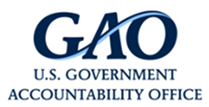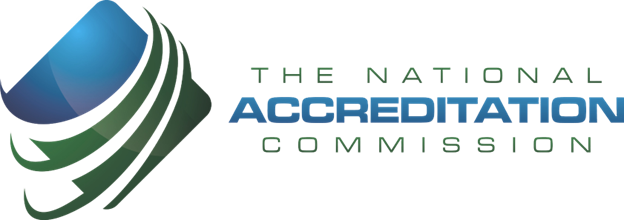The Need
America’s workforce system is fragmented and outdated, with multiple federal departments and uncoordinated state programs making it difficult to share data, track outcomes, or align efforts. Traditional accreditation often fails to keep pace with the evolving needs of the labor market, leaving employers struggling to find qualified candidates. As a result, resources are wasted on training programs that don’t lead to jobs, and learners are too often left with costly credentials that hold little value in the real world. A more connected, transparent, and outcomes-focused system is urgently needed.
Current Challenges in Workforce Development
Fragmented system
- Multiple federal departments oversee workforce programs
- Lack of coordination between state-level programs
- Difficulty in data sharing and integration
Misalignment with labor market demands
- Traditional accreditation doesn’t always reflect current skill needs
- Employers struggle to find candidates with relevant skills
Inefficient use of resources
- Programs may not lead to employment
- Learners invest time and money in credentials that may not have value

Let’s Meet those Impacted
- Spends $27B Annually on Federal Regulations
- $6B on Accreditation**Vanderbilt University / Boston Consulting Group
- Institutional cycles take 7 to 10 years
- Programmatic 1.5 to 3 years**Rebecca Busacca, Expert Witness for DOJ, FBI, DOD, DHS & WASC
- Half of all Skills will be outdated in Two Years**Forbes / edX Survey, 2023
- Secure Massive Legislative Victory in Workforce PELL after more than a decade of advocacy**InsideHigherEd, July 2025
- Most short-term programs lack comprehensive tracking systems for completion rates, job placement, skills development, financial value transparency and earnings outcomes. Without this data infrastructure, Workforce PELL funding may not deliver the accountability and results policymakers expect.
But Wait, There’s More

39 of 43 Employment & Training Programs overlap with at least one other program providing similar services to a similar populations.*
*GAO Periodic Report on Employment & Training Programs
Workforce Boards
590+ Training Provider Applications, Eligibility Criteria, Reviewers, Compliance Verifications, Outcomes Reporting.
State Agencies
Are managing unprecedented demand with limited resources. The California Bureau for Private Postsecondary Education’s 365-day licensing backlog demonstrates the capacity-building support states need to efficiently serve training providers and learners.
Employers
Remain Challenged with 1M+ Credentials
to find the Skills and Competencies they need.
Our Solution: Next Generation Accreditation – AI Enabled Evaluation Ecosystem
Purpose-Built Verification & Accountability Ecosystem the AIHub is Revolutionizing how Programs are:

Evaluated for Quality
Monitored for Effectiveness
Verified for Compliance
Approved for Eligibility
MEASURED for IMPACT
